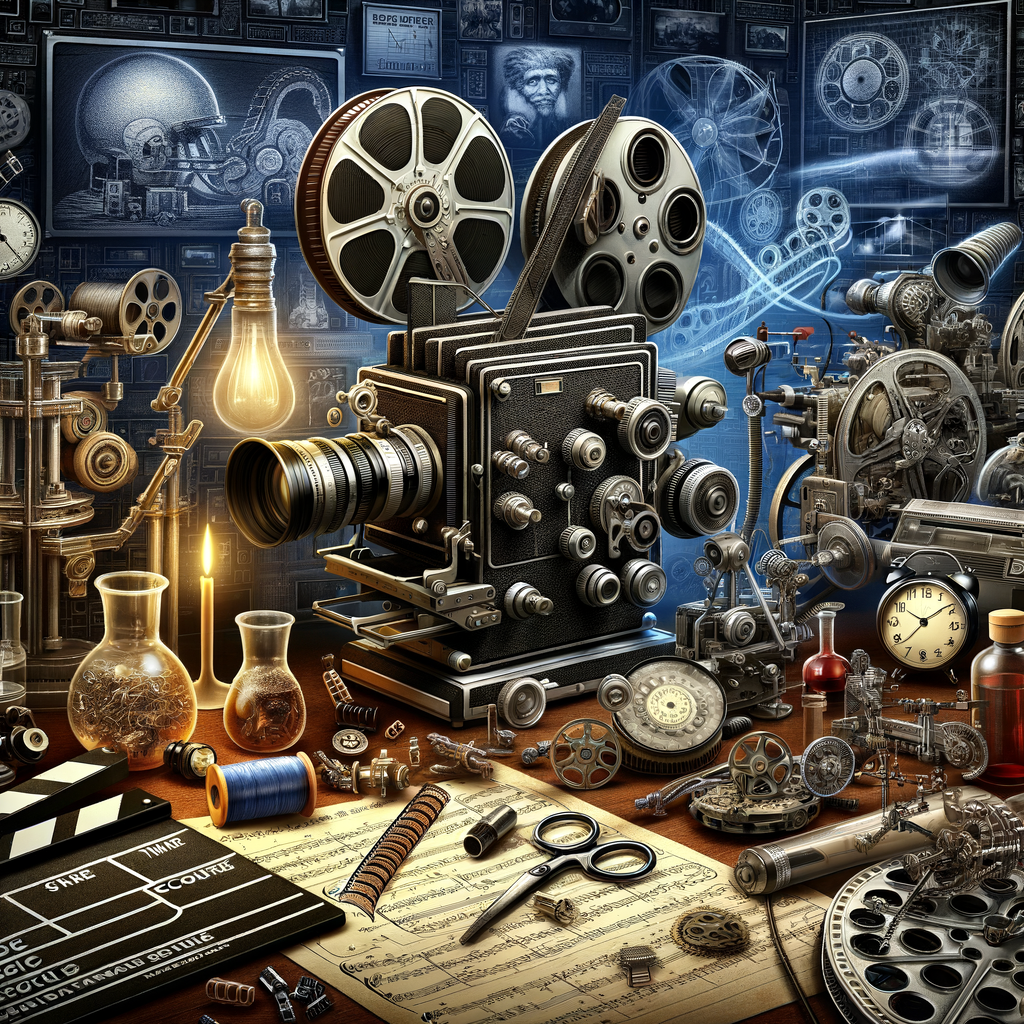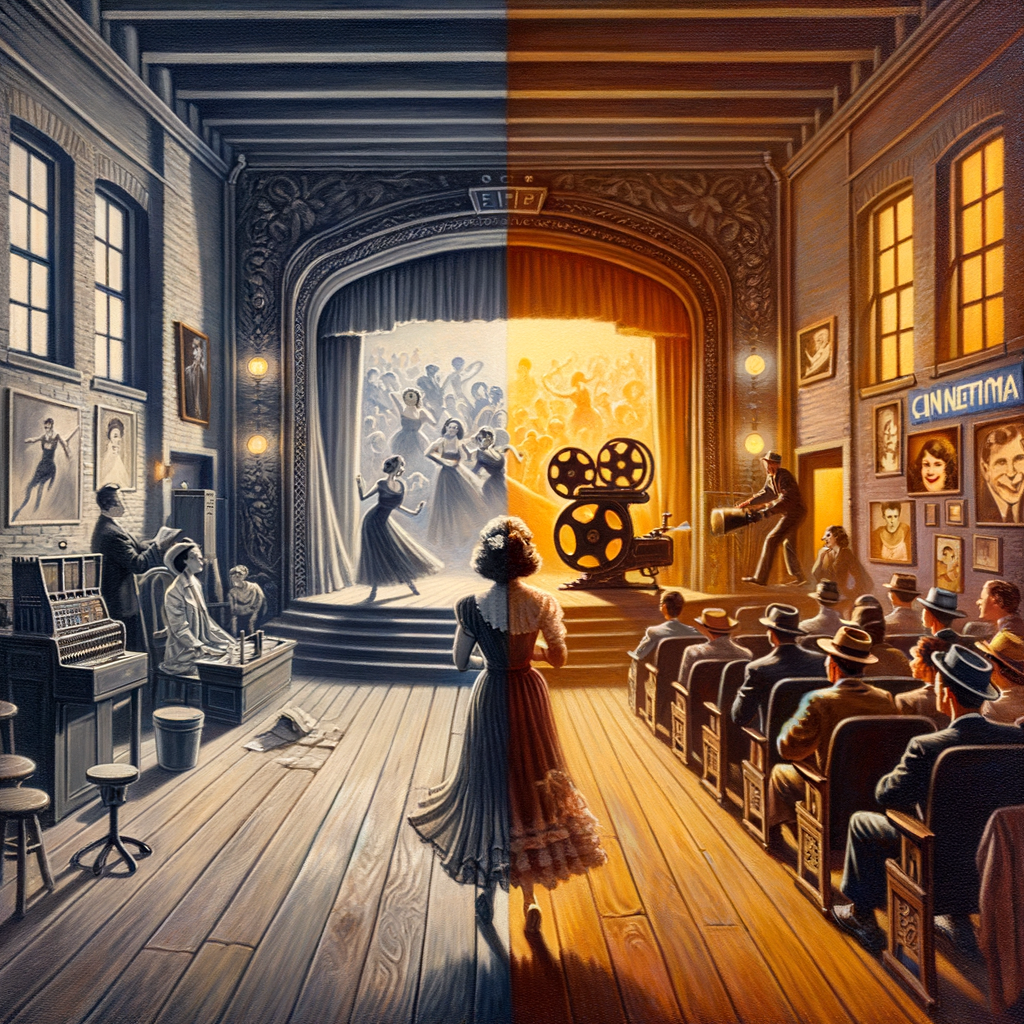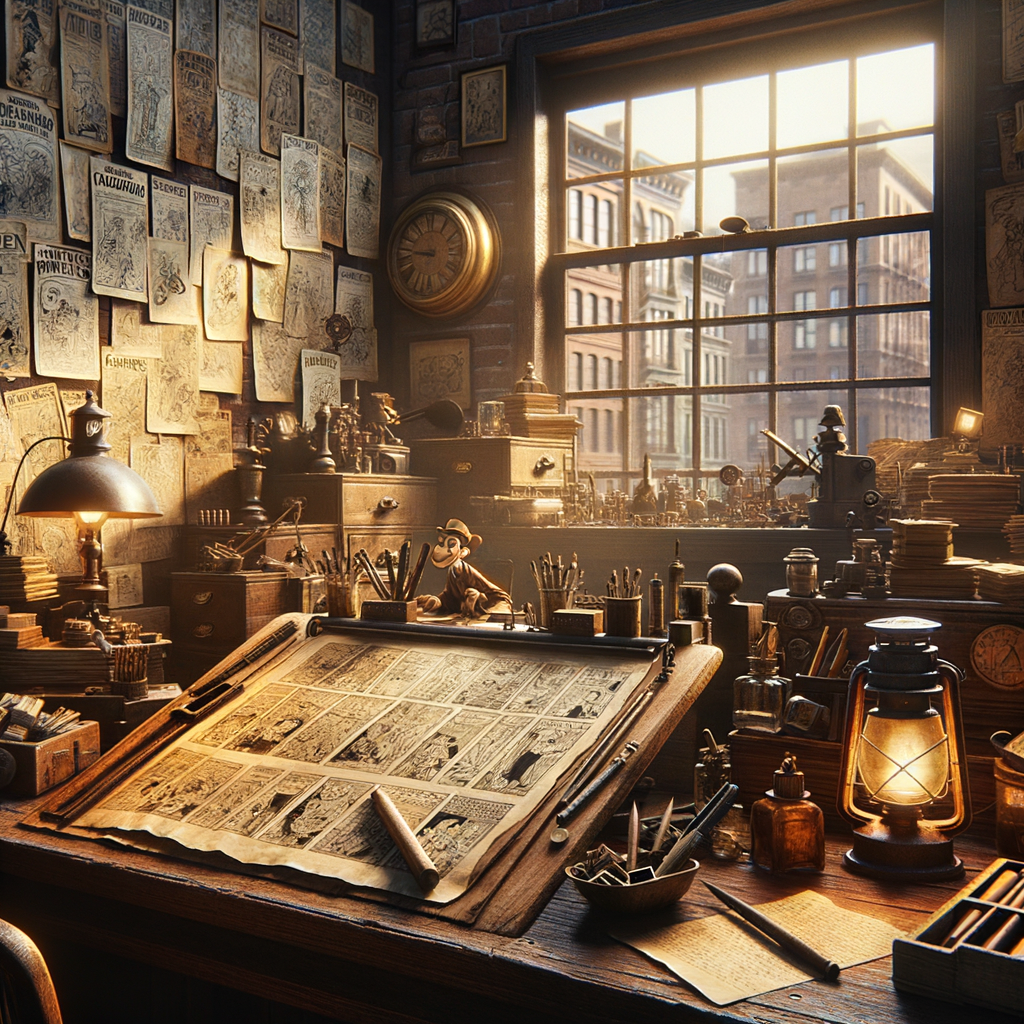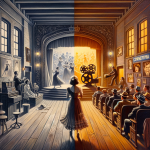Now Reading: A Journey Through Film: The Life and Legacy of Eugene Emmanuel Polito
-
01
A Journey Through Film: The Life and Legacy of Eugene Emmanuel Polito
A Journey Through Film: The Life and Legacy of Eugene Emmanuel Polito

A Journey Through Film: The Life and Legacy of Eugene Emmanuel Polito
Eugene (Gene) Emmanuel Polito, born in Brooklyn, New York, possesses a rich legacy in the realms of cinematography and engineering. As the son of the esteemed cinematographer Sol Polito, Eugene had a unique vantage point on the art of filmmaking from a young age. This blog will explore his life, career, and contributions to the film industry.
Early Life and Education
Eugene was born into a world steeped in cinematic tradition, which undoubtedly influenced his path. Growing up in Brooklyn, he was surrounded by the vibrant culture of New York City, where the bustling film industry thrived.
- Gene was exposed to film sets from an early age.
- He often accompanied his father, Sol, which sparked his passion for cinematography.
- Eugene pursued a degree in mechanical engineering, blending technology with artistry.
Career Highlights
Over his illustrious career, Eugene Polito made significant contributions to both cinematography and engineering, resulting in a legacy that resonates today.
Cinematography
Following in his father’s footsteps, Eugene carved out a niche for himself within the industry. His work is characterized by an innovative approach to lighting and camera angles, which brought a unique visual language to many films.
- Utilized cutting-edge techniques to enhance storytelling through visual effects.
- Collaborated with several notable directors, making a mark in both independent and mainstream films.
Mechanical Engineering
Eugene’s dual expertise in mechanical engineering allowed him to innovate in the field of cinematography:
- Developed new camera equipment that improved filming techniques.
- Contributed to advancements in film technology, merging art with engineering principles.
Polito was employed as an engineer for aerospace manufacturer, Douglas Aircraft Company, during WWII.
Polito began his career as a cinematographer towards the end of WWII. His career ultimately spanned more than 40 years and included hundreds of film and television productions. A member of the American Society of Cinematographers, Polito is credited with the invention of the “Polito Bracket,” which film studio photographers now use as a mounting accessory for Reflectors and Bead Board
Legacy and Influence
Eugene Emmanuel Polito’s career is a testament to the fusion of art and technology. His influence extends beyond film sets, inspiring future generations of cinematographers and engineers alike.
Through workshops, guest lectures, and mentorship, Eugene ensures that his legacy continues:
- Educates aspiring filmmakers about the technical aspects of cinematography.
- Mentors students in engineering, emphasizing creativity in problem-solving.
As a result of his contributions, Eugene Polito stands as a figure of inspiration. His work reflects the synergy of narrative and technology, demonstrating that storytelling in film is as much about the tools we use as it is about the stories we tell.
Polito became a professor at the USC School of Cinematic Arts when he was 62 years old.
Member of the American Society of Cinematographers (ASC)
His numerous film and television credits included Futureworld, Up in Smoke and Lost in Space. 1981-Gangster Wars
1978-1979Flying High (TV Series) (director of photography – 5 episodes)
– It Was Just One of Those Days (1979) … (director of photography)
– South by Southwest (1978) … (director of photography)
– High Rollers (1978) … (director of photography)
– The Great Escape (1978) … (director of photography)
– Fear of Cheesecake (1978) … (director of photography)
1978Up in Smoke (director of photography)
1978The Bad News Bears Go to Japan (USA)
1977Bunco (TV Movie)
1977No More, No Less
1977Eight Is Enough (TV Series) (director of photography – 3 episodes)
– Triangles (1977) … (director of photography – as Gino Polito)
– Trial Marriage (1977) … (director of photography – as Gino Polito)
– Is There a Doctor in the House? (1977) … (director of photography – as Gino Polito)
1977Life Goes to War: Hollywood and the Home Front (Documentary)
1976Face of Darkness
1976Futureworld (director of photography)
1976Trackdown
1975Death Scream (TV Movie)
1975Last Hours Before Morning (TV Movie)
1975All Together Now (TV Movie)
1974Judge Dee and the Monastery Murders (TV Movie)
1974All the Kind Strangers (TV Movie) (director of photography)
1974The Phantom of Hollywood (TV Movie) (director of photography)
1973Five on the Black Hand Side
1973Westworld (director of photography)
1973The Man Who Could Talk to Kids (TV Movie)
1971-1973Alias Smith and Jones (TV Series) (director of photography – 24 episodes)
– Only Three to a Bed (1973) … (director of photography)
– Witness to a Lynching (1972) … (director of photography)
– McGuffin (1972) … (director of photography)
– The Strange Fate of Conrad Meyer Zulick (1972) … (director of photography)
– The Day the Amnesty Came Through (1972) … (director of photography)
Conclusion
In summary, Eugene Emmanuel Polito’s contributions to cinematography and mechanical engineering are significant and ongoing. From his early days in Brooklyn to becoming an influential figure in the film industry, his journey is one of passion, innovation, and education.
As we celebrate his legacy, we recognize the importance of mentorship and innovation in shaping the future of cinematography and engineering. Eugene’s story is not just about his individual achievements; it is also about the lasting impact he has on art and technology.
Stay Informed With the Latest & Most Important News
Previous Post
Next Post
-
 01Famous Writers from Brooklyn, New York
01Famous Writers from Brooklyn, New York -
 02A Comprehensive Look at Famous Novelists from Brooklyn, New York
02A Comprehensive Look at Famous Novelists from Brooklyn, New York -
 03The Impactful Journey of Donald Joel Aronow: A Boat Design Pioneer
03The Impactful Journey of Donald Joel Aronow: A Boat Design Pioneer -
 04A Scenic Journey: The Staten Island Ferry from Brooklyn to Manhattan
04A Scenic Journey: The Staten Island Ferry from Brooklyn to Manhattan -
 05Famous Sports Stars from Brooklyn, New York
05Famous Sports Stars from Brooklyn, New York -
 06A Look Back at the 1977 Brooklyn Blackout: Causes and Impacts
06A Look Back at the 1977 Brooklyn Blackout: Causes and Impacts -
 07A Comprehensive Look at Barry Manilow’s Brooklyn Roots
07A Comprehensive Look at Barry Manilow’s Brooklyn Roots
































